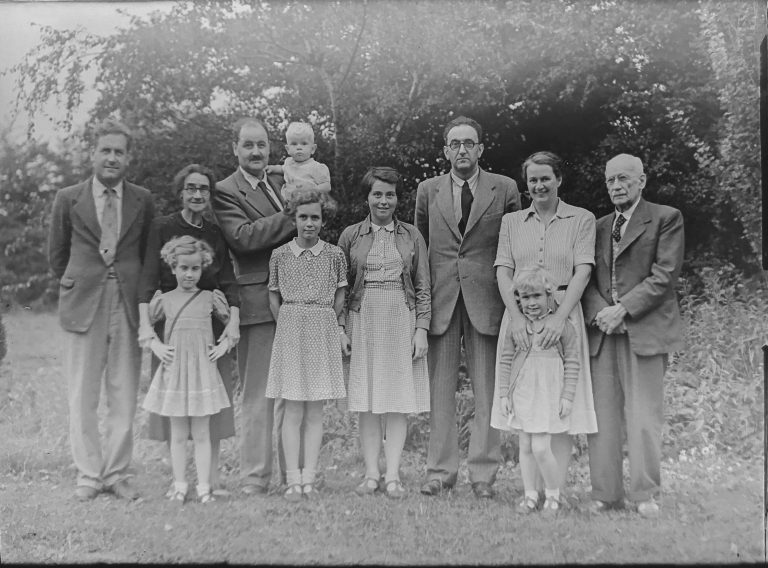
Market holidays and trading hours provided by Copp Clark Limited. All content of the Dow Jones branded indices Copyright S&P Dow Jones Indices LLC and/or its affiliates. Standard & Poor’s and S&P are registered trademarks of Standard & Poor’s Financial Services LLC and Dow Jones is a registered trademark of Dow Jones Trademark Holdings LLC. Dow Jones: The Dow Jones branded indices are proprietary to and are calculated, distributed and marketed by DJI Opco, a subsidiary of S&P Dow Jones Indices LLC and have been licensed for use to S&P Opco, LLC and CNN. Chicago Mercantile: Certain market data is the property of Chicago Mercantile Exchange Inc. US market indices are shown in real time, except for the S&P 500 which is refreshed every two minutes. Your CNN account Log in to your CNN account I don’t need to understand at the moment why cancer shows up, I just want to know if it does.” “When you’re predicting the stock market, you want patterns,” Farid offers as an example. There are many applications that benefit greatly from this type of data. While a program may get better with more input, there isn’t any intelligence or analysis involved in the way it applies these patterns. Machine learning pores over data and finds patterns. But the fact is, there’s nothing human about artificial intelligence.įarid is careful to point out that machine learning, which is what drives more widely available animation technologies like Deep Nostalgia, is a field within the greater world of artificial intelligence.


Those kinds of applications are courting a similar kind of human connection as Deep Nostalgia. The payoff, experts say, is that the consumer can feel more attached to a brand or a product by seeing the specific way it would fit into their life – on a model with similar proportions, in their own language, or in a micro-targeted ad that speaks to their interests.
#Myheritage deep nostalgia full
When it’s a beloved relative occupying that almost-but-not-quite space in reality, the parts of our brain that love and fear are pitted against each other, even if we know full well that what we’re looking at isn’t real.ĭeepfakes, which are a sophisticated melding of synthetic audio and images, have been a point of contention for digital ethicists for years, especially when it comes to issues like altered pornography and fake videos that could threaten national and financial institutions.įor a more positive application, companies have been turning to the technology more and more to create widely customizable ad campaigns. “Indeed, the results can be controversial and it’s hard to stay indifferent to this technology,” their FAQ page reads. Even MyHeritage addresses this reaction in their explanation of the program. This is commonly called the uncanny valley, and a lot of deepfakes and AI-driven image manipulations set off this ancient alarm bell. Our brains, as sophisticated as they are, have a prehistoric response to things that are almost human, but not quite. When you see your grandmother or Mark Twain come alive, there’s something fascinating about it.”įascinating – and yes, a little frightening.

“The draw here is that visual imagery is visceral and compelling and we respond to it,” says Hany Farid, associate dean and head of the School of Information at UC Berkeley. Responses to the Deep Nostalgia images – tears at seeing a grandmother’s smile, an eerie feeling of connection to a long-dead historical icon – knock on a mysterious emotional wall between us and this type of rapidly-evolving technology. Together it creates, if not an entirely natural effect, than a deeply arresting one. It also makes up for little moments that aren’t in the original photo, like the reveal of teeth or the side of a head. Users are invited to supply old photos of their loved ones, and the program uses deep learning to apply predetermined movements to their facial features. His animated image and others like it – at the same time unsettling, emotional, and a bit fantastical, are made possible by Deep Nostalgia, an artificial intelligence program from the genealogy platform MyHeritage.Īs far as AI-animated images go, the technology behind these Harry Potter-esque photos isn’t particularly complex. And yet, there he is, blinking and nodding as if he were just alive yesterday, as if he hadn’t died in 1895, years before film recording became commonplace. It’s hard to explain the mix of emotions that spark upon seeing a photo of Frederick Douglass come alive with the click of a button.


 0 kommentar(er)
0 kommentar(er)
